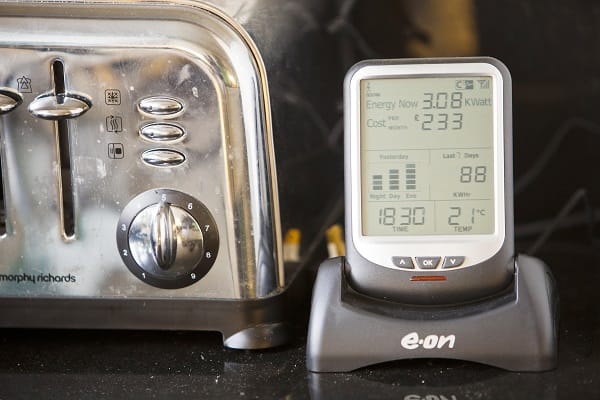Technology is a field that is constantly changing and developing. Sure enough, the last few years have seen a huge rise in the number of “smart” devices designed to improve our lives, simplify our routines, and improve our security.
One area that is seeing huge benefits from technology is the world of accessibility. A number of devices and inventions are hitting the market that are revolutionising the lives of people with disabilities.
From luxury home lifts to enhance accessibility, right through to voice-activated products that can be controlled from anywhere in the home, there is a broad range of solutions that are transforming the lives of those with disabilities.
Below, we take a closer look at how this tech can be a real gamechanger for the accessibility market.
What is smart home technology?
Before we dive into the various ways you can use smart home technology to increase accessibility, let’s first take a look at what this type of technology is.
In short, smart home technology is any type of tech that allows users to control devices in their home remotely. Anything from blinds and shades to heating systems can be preset or controlled without a human user having to manually get up and change them.
The two main options for using smart tech tend to be voice-activated assistants such as Amazon Alexa or Google Home, or smartphone and tablet apps. All of these methods allow someone to control and manage various elements of their home without having to make physical adjustments. This can be ideal for individuals with limited mobility, or for whom using fiddly buttons and changing tiny, hard-to-reach dials can be a real challenge.
How can you use smart technology in your home?
Smart technology can be used to control a number of elements of your home and daily environment, and these include:
- Lighting
Devices such as the Phillips Hue can be used to help control and manage the lighting in your home – and it can all be achieved from a smartphone, or from voice commands. There are a number of products to choose from, but most will allow you to turn the lights on or off, dim or brighten the lights, and even use pre-set lighting patterns and formations with timers and schedules.
This can be a great way for those who have mobility issues to take charge of the lighting in their home – it can all be managed with the flick of a switch!
- Heating
In a similar vein, many modern heating systems can be controlled with an app, allowing you to choose the temperature, and even which rooms should be active at any one time.
Not only is this great for accessibility, but it can also be super useful when you are coming home in the cold – just set the heating to warm the house, and you can step through the door into a cosy, toasty environment.
- Blinds
Another great initiative in the world of smart tech can be seen in the use of devices to control blinds and curtains – again, this can be a real game changer for disabled individuals.
Apps can be downloaded onto smartphones and tablets, or the product can usually be hooked up to an existing voice activation device, such as Alexa, making it easy to control the level of light in your home at the touch of a button.
- Entertainment systems
Smart technology doesn’t have to be all practical – it can also be a great way to access entertainment systems such as music systems, speakers, TVs, and games consoles.
There are a number of apps and voice-activated options that can be easily added to your existing system – so, you will have no excuse for missing out on the latest episode of the new show everyone is talking about!
- Security
The right devices and smart tech features can also be a gamechanger when it comes to boosting your security. Options range from smartphone-activated locks, designed to be opened with a tap rather than a key, to alarms that can be triggered from your smartphone, instead of you having to input a code.
These devices and advances have a dual benefit; they allow those with additional needs and requirements to live alone in safety and independence, without fear or worry, and they also do a great job at boosting overall security. If you have concerns over losing keys or codes, or worry that you will struggle to turn a traditional key in a lock, these can be fantastic solutions.
Final thoughts
The rise of smart technology is transforming the lives of those with additional accessibility needs – and this is a trend that shows no signs of slowing down. With just a few simple, affordable adaptations, accessibility can be a reality, and ensure that everyone lives the safe, enjoyable, and independent life that they deserve.





![Top developers to supercharge your smart TV app development [2024 Edition] Smart TV and smartphones, stars at IFA](https://mloyoq1wv9pf.i.optimole.com/w:300/h:198/q:mauto/f:best/ig:avif/https://londonlovesbusiness.com/wp-content/uploads/2024/07/Smart-TV-Panasonic.jpg)
Leave a Comment